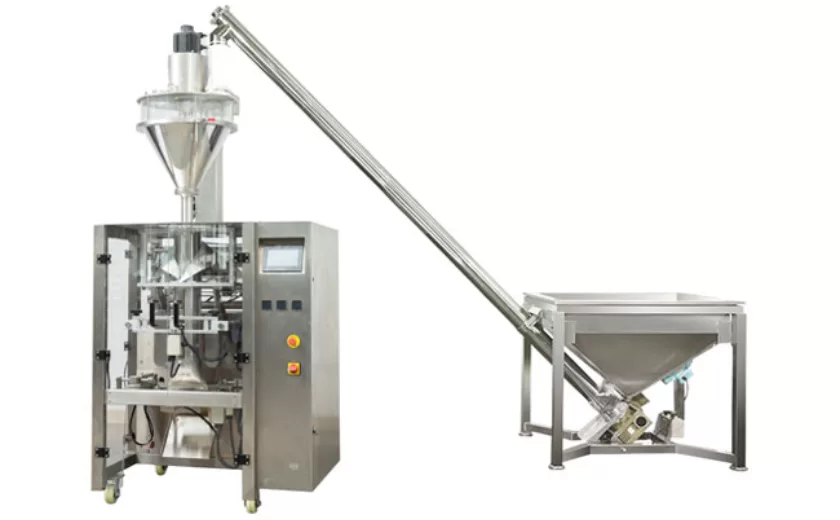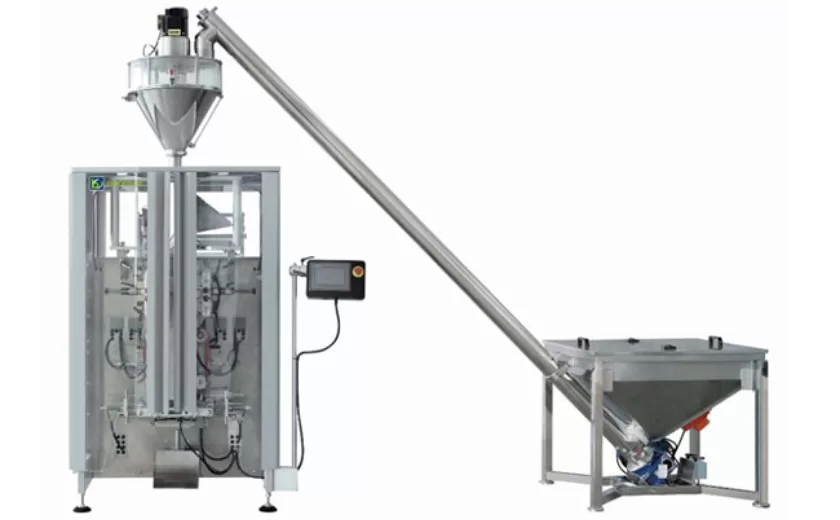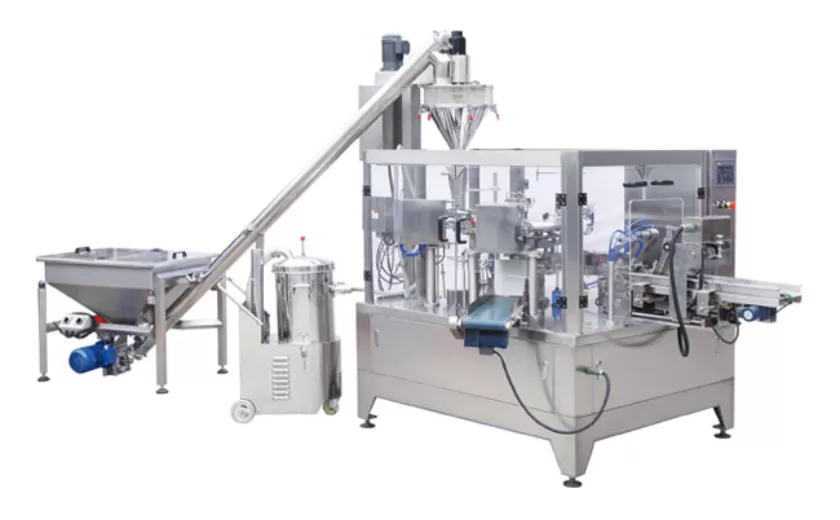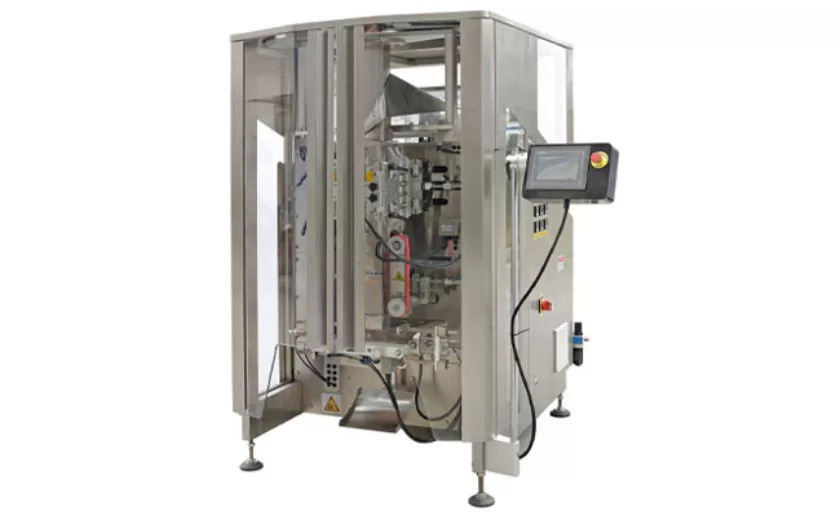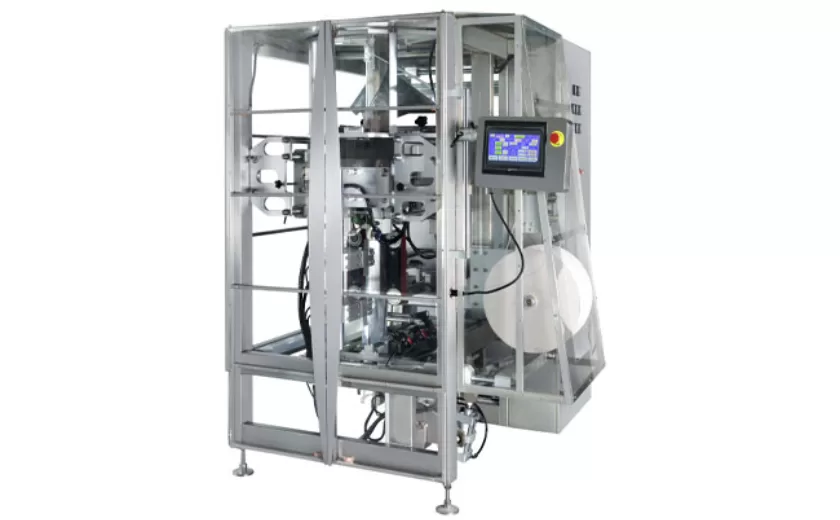The Science Behind Water Packaging- Ensuring Purity and Safety
In an era where access to clean drinking water is paramount, the science behind water packaging plays a vital role in safeguarding the purity and safety of this essential resource. From source selection to advanced filtration techniques, the water packaging industry employs a multifaceted approach to ensure that consumers have access to high-quality, pristine water. This article delves into the intricate scientific processes that underpin water packaging, shedding light on the meticulous measures taken to protect consumers’ health and well-being.
Water Source Selection
The foundation of water packaging lies in the choice of water source. Pristine natural springs, protected aquifers, and municipal water systems are carefully evaluated to ensure the absence of contaminants and impurities. Stringent quality standards are employed to assess water sources for pH level, mineral content, and microbiological safety. By selecting high-quality sources, water packaging companies lay the groundwork for maintaining purity throughout the packaging process.
Filtration and Purification
Once the water source has been selected, it undergoes a series of filtration and purification processes to remove impurities and potential hazards. Advanced filtration systems employ various technologies, including reverse osmosis, ultrafiltration, and activated carbon absorption, to effectively remove contaminants such as bacteria, viruses, heavy metals, and chemical residues. These meticulous filtration techniques ensure that the water is free of harmful substances, meeting stringent safety standards.
Packaging Materials
The choice of packaging materials is equally important in preserving water purity and safety. Water packaging companies utilize a range of materials, including plastic, glass, aluminum, and paperboard. Each material undergoes rigorous testing to ensure it does not leach harmful chemicals into the water. Plastic bottles, for instance, are designed with specific polymers that prevent the migration of plastic particles into the water, ensuring its integrity.
Quality Control and Monitoring
Throughout the water packaging process, rigorous quality control measures are implemented to maintain the highest levels of purity and safety. Regular testing is conducted to monitor water quality for potential contaminants, such as bacteria, heavy metals, and chemical residues. Advanced analytical techniques, such as gas chromatography and mass spectrometry, are employed to detect even trace amounts of impurities, ensuring that the water meets or exceeds established safety standards.
Consumer Education and Awareness
Consumer education and awareness play a pivotal role in promoting water safety. Water packaging companies actively engage in educating consumers about the science behind water packaging and the importance of choosing high-quality water sources. By empowering consumers with knowledge, they can make informed decisions regarding their water consumption, ensuring their health and well-being.
Innovation and Sustainability
The water packaging industry is constantly evolving, driven by innovation and sustainability. Research and development efforts are focused on developing more efficient filtration technologies, reducing packaging waste, and minimizing environmental impact. Biodegradable and recyclable packaging materials are being introduced to promote sustainability, while advanced water purification techniques continue to enhance water quality and safety.
-
Precision Filling with Auger Type Powder Filling Machines
25-07-2025 -
Versatile Auger Packing Machines for Precision Powder Filling
25-07-2025 -
High-Precision Auger Filling Machines for Efficient Powder Packaging
25-07-2025 -
Versatile Vertical Form Seal Machines for Efficient Packaging
20-07-2025 -
Advanced Vertical Wrapping Machines for Streamlined Packaging
20-07-2025 -
Versatile and Efficient Small Vertical Form Fill Seal Machines for Modern Packaging Needs
20-07-2025 -
Reliable Solutions for Liquid Filling and Packing in Modern Production
11-07-2025 -
Precision and Efficiency with Liquid Packaging Machines
11-07-2025 -
Efficient Solutions with Granule Packaging Machines for Modern Industries
11-07-2025 -
Reliable Solutions with Auger Type Powder Filling Machines
05-07-2025





